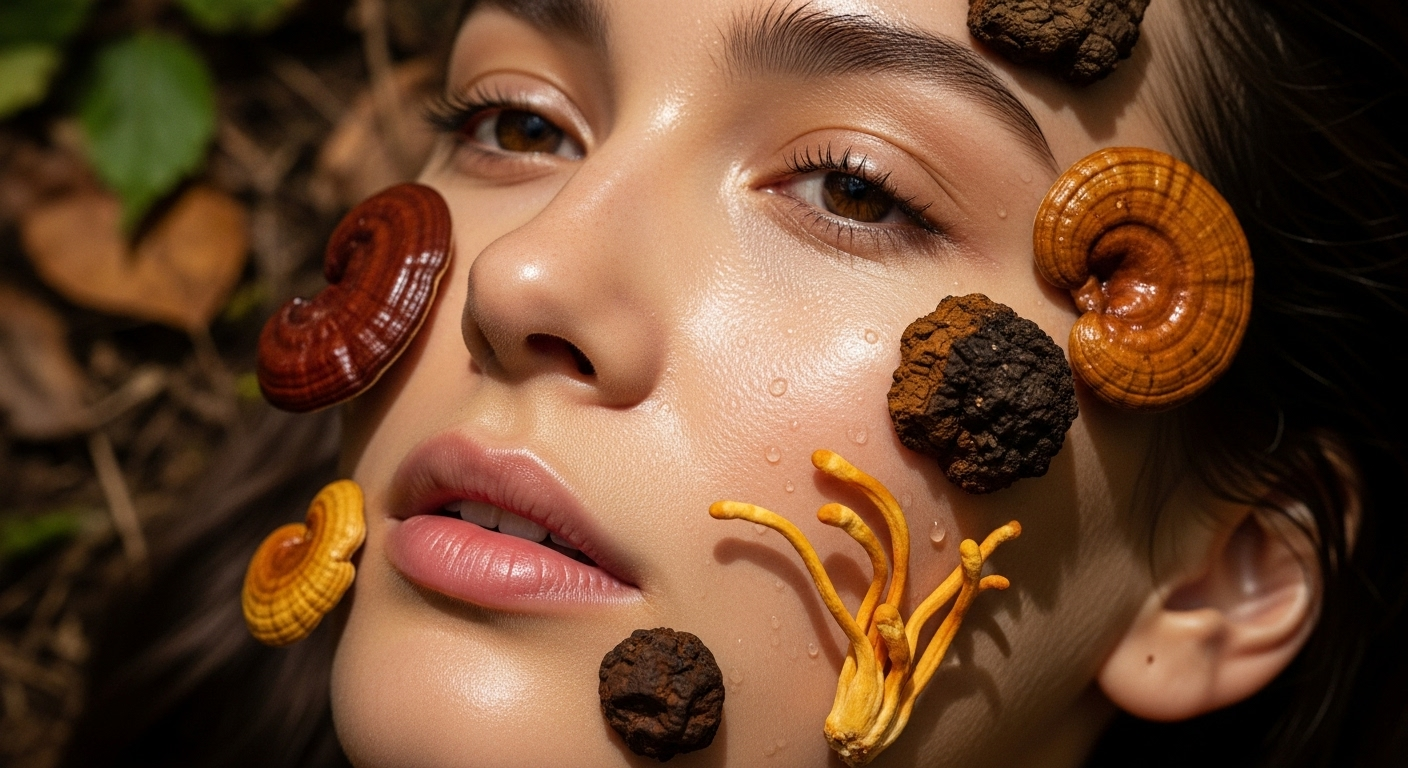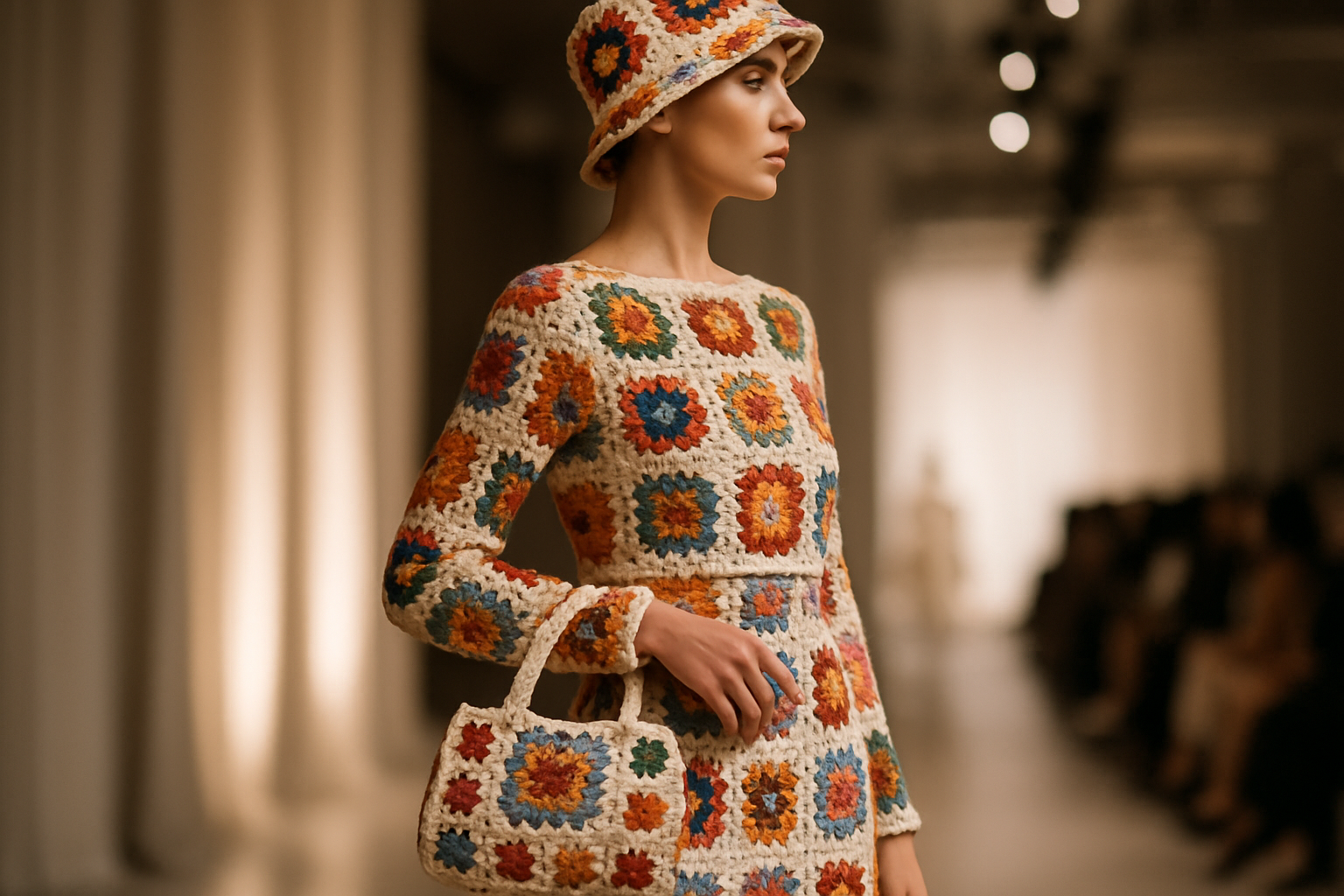Synesthetic Societies: The Rise of Sensory-Blending Communities
In a world increasingly defined by digital interfaces and virtual experiences, a fascinating countermovement is taking shape. Synesthetic societies, communities built around the celebration and exploration of sensory blending, are emerging as vibrant hubs of creativity, connection, and neurological diversity. Read below to delve into this captivating phenomenon that's reshaping how we perceive and interact with the world around us.

This newfound awareness has sparked a cultural shift, with synesthetes and non-synesthetes alike seeking to explore the potential of cross-sensory experiences. As a result, synesthetic societies have begun to form in urban centers and online communities, creating spaces where individuals can share their unique perceptual experiences and collaborate on multisensory projects.
The Anatomy of Synesthetic Communities
These emerging societies are as diverse as the sensory experiences they celebrate. Some focus on specific forms of synesthesia, such as chromesthesia (sound-to-color) or lexical-gustatory synesthesia (word-to-taste), while others embrace a broader spectrum of sensory blending.
Typically, these communities organize regular meetups, workshops, and exhibitions that cater to both synesthetes and those curious about multisensory experiences. Activities might include synesthetic art creation, where participants translate music into visual art or explore the textures of different words. Some groups even host immersive dining experiences that play with cross-modal correspondences, pairing flavors with colors, sounds, and textures.
The Tech-Enabled Synesthetic Renaissance
Advancements in virtual and augmented reality technologies have played a crucial role in the growth of synesthetic societies. These tools allow for the creation of immersive, multisensory environments that can simulate synesthetic experiences for non-synesthetes or enhance the natural perceptions of those with synesthesia.
For example, VR headsets equipped with haptic feedback and scent diffusers can create rich, multisensory landscapes that blend sight, sound, touch, and smell in novel ways. This technology not only serves as a tool for artistic expression but also as a means of fostering empathy and understanding between individuals with different sensory experiences.
The Scientific Implications
The rise of synesthetic societies has not gone unnoticed by the scientific community. Researchers are increasingly partnering with these groups to study the neurological underpinnings of synesthesia and explore its potential applications in fields such as education, therapy, and cognitive enhancement.
Some studies suggest that synesthetic associations may be leveraged to improve memory and learning. For instance, individuals who associate letters or numbers with specific colors (grapheme-color synesthesia) often demonstrate enhanced recall abilities. This has led to experiments in developing synesthesia-inspired learning techniques that could benefit both synesthetes and non-synesthetes alike.
Cultural Impact and Artistic Innovation
As synesthetic societies gain prominence, their influence is beginning to permeate broader cultural spheres. Museums and galleries are increasingly featuring synesthesia-inspired exhibitions, while musicians and visual artists are collaborating to create multisensory performances that blur the lines between different art forms.
This movement is also challenging traditional notions of perception and reality. By celebrating diverse sensory experiences, synesthetic societies are promoting a more inclusive understanding of consciousness and cognition. This shift in perspective has the potential to influence fields ranging from product design to urban planning, as creators consider how to engage multiple senses simultaneously.
Challenges and Controversies
Despite the growing enthusiasm surrounding synesthetic societies, the movement is not without its challenges. Some critics argue that the commercialization of synesthesia-inspired experiences risks trivializing the lived experiences of individuals with synesthesia. There are concerns that the nuanced and deeply personal nature of synesthetic perceptions may be oversimplified or misrepresented in popular media.
Additionally, there are ongoing debates within the scientific community about the nature and prevalence of synesthesia. While some researchers advocate for a broader definition that includes mild or intermittent cross-sensory experiences, others maintain stricter criteria for diagnosis. This lack of consensus can sometimes lead to tensions between different factions within synesthetic societies.
The Future of Sensory Exploration
As synesthetic societies continue to evolve, they hold the promise of reshaping our collective sensory landscape. By fostering environments where diverse perceptual experiences are valued and explored, these communities are opening up new avenues for creativity, empathy, and human connection.
Looking ahead, the integration of synesthetic principles into fields such as education, therapy, and technology design could lead to innovative approaches to learning, healing, and human-computer interaction. As our understanding of sensory perception expands, so too does our capacity to create richer, more immersive experiences that engage the full spectrum of human sensation.
In a world often dominated by visual and auditory stimuli, synesthetic societies remind us of the vast potential that lies in exploring the interplay between all our senses. As these communities grow and their influence spreads, we may find ourselves on the cusp of a sensory revolution that transforms how we perceive, create, and connect with the world around us.





